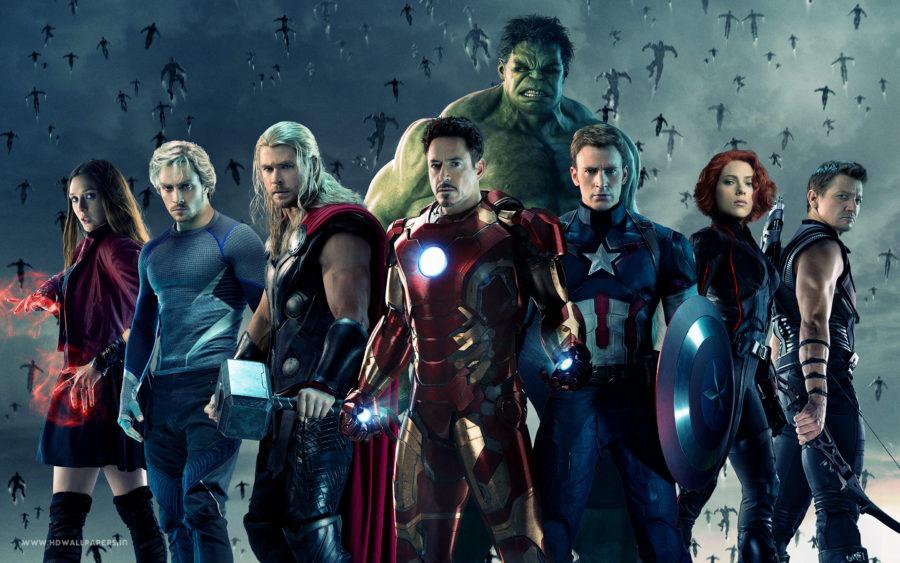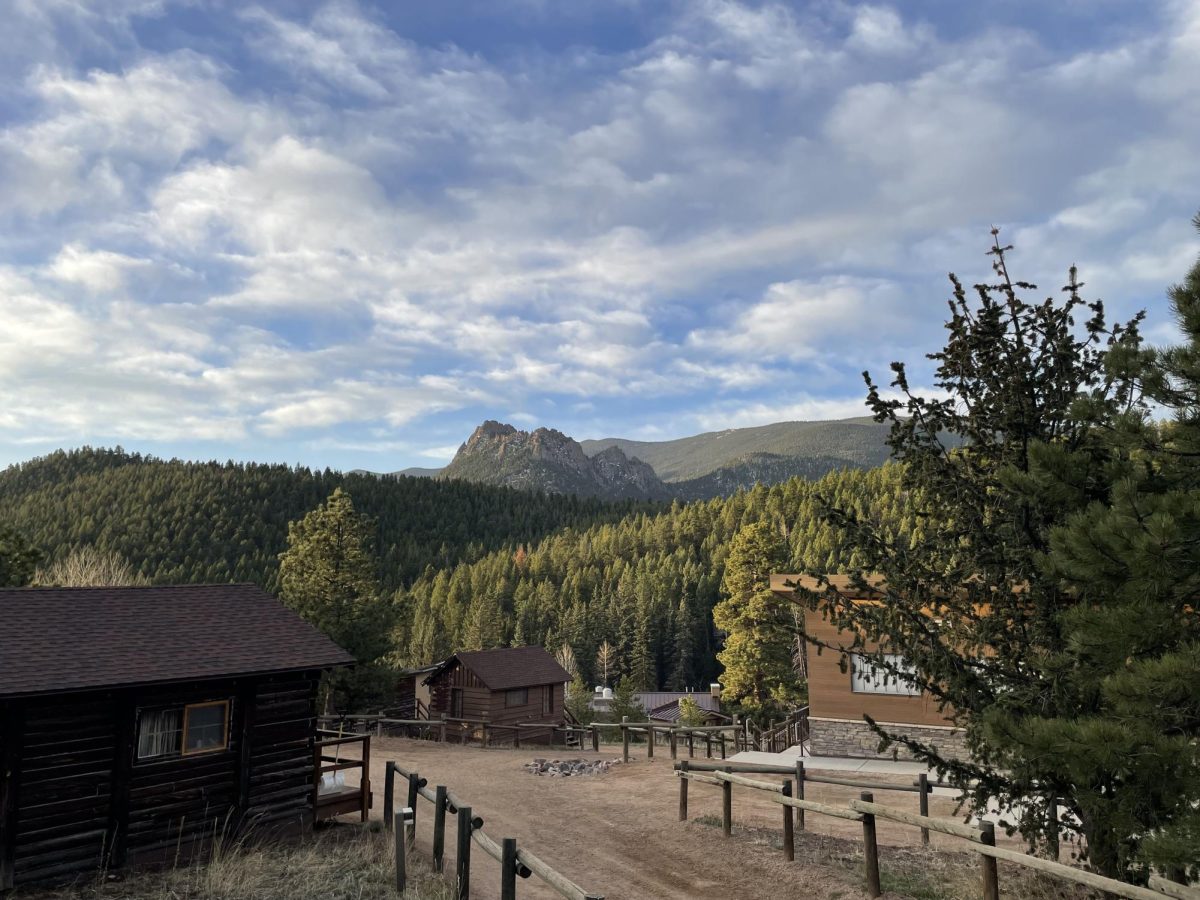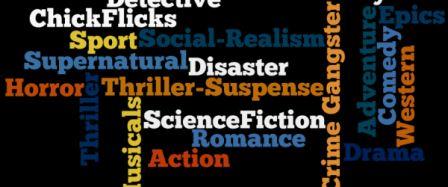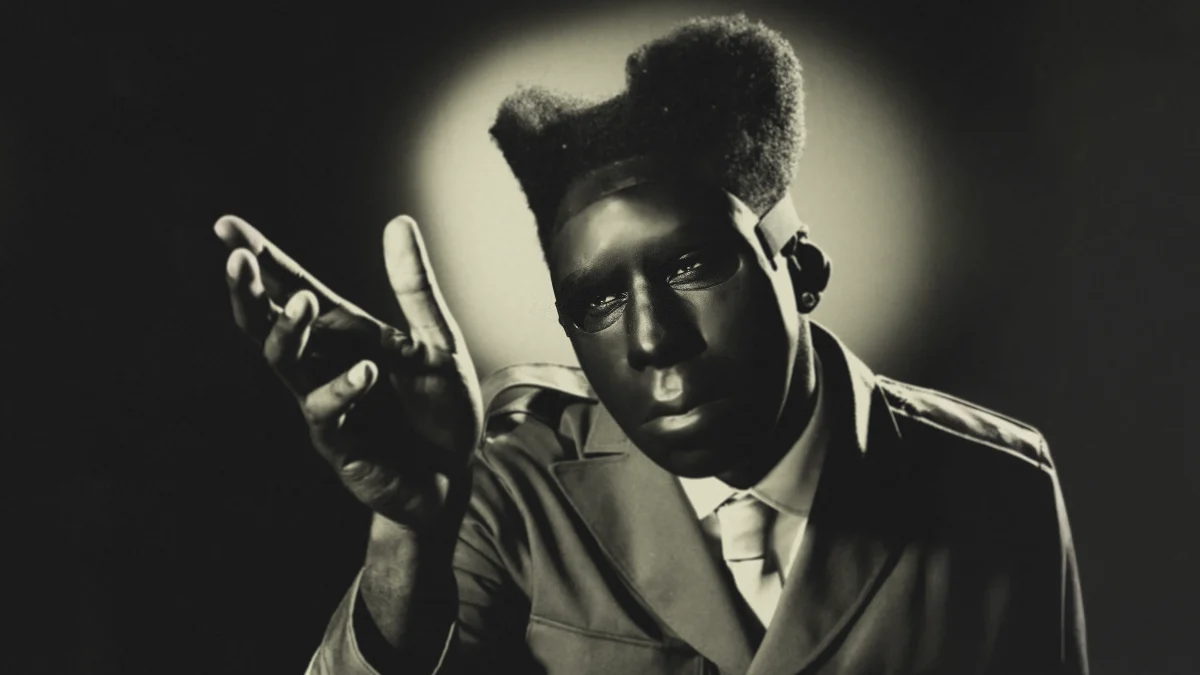By Corcoran O’Leary
Nerd legend Joss Whedon returns as writer and director for Avengers: Age of Ultron, a superhero behemoth that lives up to franchise standards, despite being somewhat uneven.
The movie opens mid-mission and displays many of its strengths, including inter-superhero banter as well as slickly filmed and inventive action. This ends up being what the movie excels at, with Whedon’s sharp writing injecting humor into every scene where appropriate. This element makes Avengers extremely watchable, and Age of Ultron shows an increase in the lovable team’s chemistry. What Marvel has succeeded in doing in the past seven years is creating likable characters, each of one with distinct personalities, and this is what makes the Avengers movies so appealing.
However, there are very distinct drawbacks to having six main characters, and inevitably, even at a running time of two and a half hours, some characters are going to be somewhat left out of the limelight. Now this is not necessarily a bad thing, but nonetheless the script tries to jam in meaningful character development for every hero, a tactic that succeeded in varying degrees. Whedon’s foray into humanizing the Hawkeye was somewhat more successful, despite the cliched, “just give him a family” approach. The least successful was an attempted romance, which was awkward at best and annoying at worst.
Avengers: Age of Ultron tries to do so many things at once, and while never are any of these things executed poorly or become boring to watch, the drastic changes in tone and pace can become exhausting and take away from the main story line. This can be traced back to studio executives insistence on keeping certain scenes, even if they no longer made much sense. This is illustrated in the confusing Thor subplot, where seemingly random scenes are inserted into the middle of the film, and knowing this greatly subtracts from the immersion the move aims to achieve.
Ultron is voiced chillingly by James Spader, whose acting elevates the character to a true villain. However, Ultron was not as great of a villain as he could have been. With motives that weren’t fully explained out and his robotic nature hindering his ability to be fleshed out as a character, Utron serves his purpose in this movie but does not succeed in doing much more. Despite its missteps, the movie thrives in the third act, focusing almost completely on the defeation of Ultron. We find our heroes fighting along to the heavy beats of the electric sound-track, working together and kicking-ass. This is the reason people love the Avengers, and while jumping around from character to character faces the risk of becoming disjointed, Whedon balances the scenes to move fluidly. The action at the end of the movie could have become repetitive, but Whedon also manages to craft satisfyingly versatile combat that rarely becomes boring.
Once again, Whedon shows fans that he was the right guy for the job, creating gargantuan and fun fight scenes (Iron Man’s Hulkbuster scene lives to the hype), and injecting his famous humor into the movie. Avengers: Age of Ultron ends up being a crowd-pleasing movie with plenty of strengths to overcome its flaws with a third act that elevates the movie to something special.





